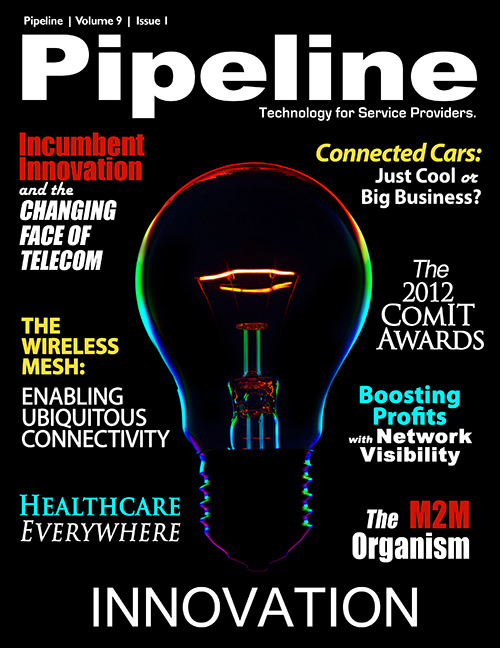Connected Cars: Just Cool or Big Business?
Gridlock
Saudi Arabia has just rolled out its first smart transportation system on King Abdullah Road in Riyadh, Saudi Arabia. Telvent´s SmartMobility technology manages interurban expressway traffic through a centralized platform that controls and manages the four tunnels and the entire range of field devices in place along the expressway’s length of six kilometers. The result has been a remarkable increase in safety, security and improved infrastructure maintenance.
The U.S. Government seems to have taken notice and identified the role IT can play in decreasing congestion and improving safety and quality of life. The Department of Transportation recently released a report titled, “Improved DOT Collaboration and Communication Could Enhance the Use of Technology to Manage Congestion” that outlines its recommendations on how to best invest in what it defines as, “Intelligent Transportation Systems.”
“FHWA estimates that states used about $800 million to $1.3 billion of their eligible 2010 federal aid highway funds and $798 million to $1.3 billion of American Recovery and Reinvestment Act funds on ITS,” the report says. “Further adoption of leading practices could improve these efforts. RITA’s and FHWA’s respective roles in these efforts are not clearly defined, potentially inhibiting their ability to effectively leverage resources."
Several options have been proposed to improve communication about ITS-related activities and facilitate the sharing of ITS information among state and local officials. While RITA intends to develop a new strategy in 2012 for promoting the use of ITS, it has not yet determined whether it will incorporate any of these proposals.
Since 1994, DOT has overseen the allocation and expenditure of more than $3 billion for deploying and researching ITS, with more sure to follow.
“Unfortunately, life-saving technology that brings first responders to accidents quickly is only valued when needed; otherwise, most of us would not want to think about it at all,” McCloskey adds.





















